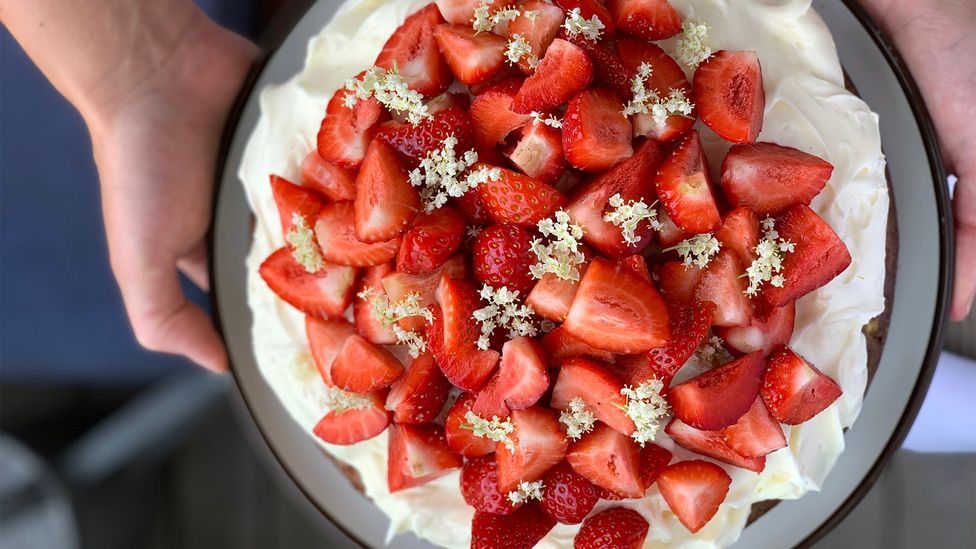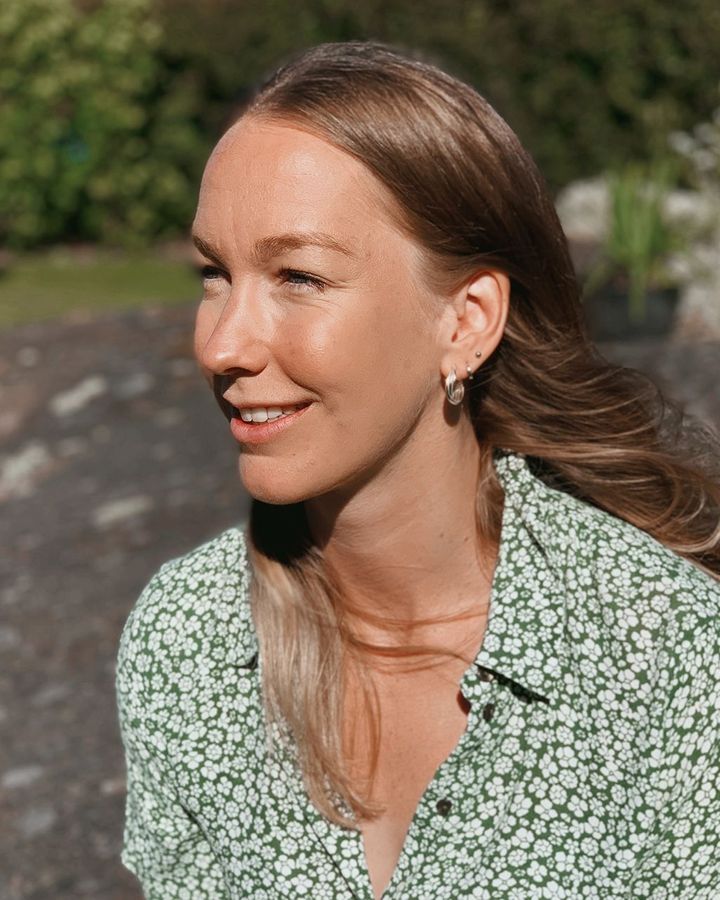
A celebratory strawberry cake for Sweden's Midsummer festival
(Image credit: Emma Shields)

By Laura Hall 23rd June 2023
Article continues below
On the Thursday night that falls between 18 and 24 June each year, cities all over Sweden go quiet. Stockholm's elegant and bustling streets are empty. Traffic builds on the motorway outside Gothenburg as locals head for the islands. That's when the Swedish countryside calls its people back for a festival celebrating seasonal dishes, fertility and the longest day of the year, held on the Friday closest to the summer solstice. This enchanted event is called Midsummer Eve.
"In history, the night before Midsummer Day was one of the year's eight magic nights where you could predict the future, and a sort of magic window to the future was open," said Richard Tellström, an author and expert in Swedish food culture. "You could see, if you were lucky, who you were going to marry. So, Midsummer Eve was a party time for youngsters, not elderly people. Historically, there was a big haymaking feast, important for all people living in the countryside before the 1930s, and today that party has merged with the Midsummer festivities."
Midsummer is the second biggest holiday in the Swedish calendar, after Christmas Day, and marks the start of Sweden's annual five-week summer holiday season. Flowers are blooming, berries are ripening and a wonderful summer lies ahead.
Maypoles, decorated with phallic-like fertility symbols, are wreathed with flowers and raised on the Friday morning, ready to be danced around in the evening. This idea of fertility weaves through the whole event to the extent that 22 March, nine months after Midsummer Eve, is said to be the most common birthday in Sweden.
Flower crowns are woven, and long tables, usually covered with a tent or marquee in case of bad weather, are laid with table settings for friends and family. According to ancient Swedish tradition, if you pick seven different flowers and put them under your pillow on Midsummer Eve, you'll dream of your future spouse.
Perhaps the most important element of all is the food: tables piled with plates of smoked salmon, pickled herring, meatballs and bowls of new potatoes with a dusting of dill. Such is the importance of these potatoes in particular that Swedish newspapers report on the potato harvest from the start of June, anxious about whether there will be enough and if they will be ready in time.

Swedish chef Emma Shields opened a new restaurant, Freyja, focused on eating in tune with the seasons (Credit: Emma Shields)
"The food is important today, but it wasn't always the case," said Tellström. "Historically, before the 20th Century, there was always a lack of food at this time of the year, since it was nearly a year since the last harvest. Midsummer parties with food and drinks became more common in the early 1900s."
Recent years have seen some developments in the food, but the staples remain the same.